Energy conservation, more forward momentum and increased stride length are common features of the "super shoes" that are shaking up the marathon world.
On September 24, runner Tigist Assefa used Adidas' latest "super shoes" - the super-light Adizero Adios Pro Evo 1 - to set a women's marathon record of 2 hours 11 minutes 53 seconds in Berlin. The Ethiopian runner's latest achievement is also significantly better than the two previous world records, respectively 2 hours 14 minutes 4 seconds set by Kenyan Brigid Kosgei at the 2019 Chicago Marathon and 2 hours 15 minutes 25 seconds set by British runner Paula Radcliffe at the 2003 London Marathon.
Two weeks later, it was Kelvin Kiptum's turn to win the Chicago Marathon with a record of 2 hours 0 minutes 35 seconds, breaking the old mark of 2 hours 1 minute 9 seconds set by his legendary senior Eliud Kipchoge at Berlin 2022. On the historic day, Kiptum used NikeDev163 - Nike's latest carbon-plated sneaker prototype.

Kiptum wore NikeDev163 when he finished first, setting a world record at the 2023 Chicago Marathon on October 8, while his compatriot Rhonex Kipruto, who finished second, wore Adios Pro Evo 1. Photo: AFP
But so far, World Athletics has no intention of controlling the development of "super shoes". The last time they updated the rules related to competition shoes was in early 2022, but they only applied to spiked shoes used for events on the stadium (track). For road shoes, World Athletics' regulations still only limit the thickness of the sole to 40 mm - a measure that is said to only limit, rather than hinder, manufacturers from continuing to improve technology when making "super shoes". Unlike the way World Aquatics banned athletes from using high-tech polyurethane in 2009 to break nearly 200 records in two years, World Athletics believes that with the current sanctions, they still maintain fairness in the athletics playing field.
The first “super shoe” was introduced by Nike in 2016, which sparked a race to produce similar shoes from other brands. The explosion of these shoes since 2020 also coincided with the time when runners rewrote all the athletics records from 5,000m and beyond. What these records all had in common was that athletes used thicker road shoes, with an energy saving of about 4% depending on the case.
These “super shoes” must comply with World Athletics’ guidelines of a maximum cleat height of 40mm on the road and 25mm on the track. Normally, these shoes must be available on the market before they can be used by athletes in competition. However, there is an exception, allowing athletes to use versions that are under development and will be released to the market within a year, as long as they meet World Athletics’ technical guidelines.
The NikeDev163—the shoe Kiptum wore to set a record at the Chicago Marathon on October 8—is an example of this exception, as it has been approved by World Athletics for testing until December 3, 2023. The agency sees exceptions like the NikeDev163 as a way for the athletics world to balance the need for innovation, adding excitement to the sport, while still ensuring huge revenue for manufacturers.
So what would a "Super Shoe" have? First, it would have to be carbon reinforced . This involves inserting a piece or several curved carbon rods into the foam midsole to help maintain the shape of the shoe, promoting optimal rocking motion, known as the "rocking" effect. The shape of the shoe is very important, and can help the foot work more efficiently.
“There are a couple of things that suggest having curved carbon bars might help,” explains Dr Aimee Mears, a senior lecturer at Loughborough University’s Institute of Sports Technology. “One is that it changes and can improve the way the muscles in the ankle work to generate force. The second is that the curved carbon bar can act as a lever to push off the heel and help propel you forward.”
The midsole foam is exceptionally resilient . Most “super shoes” use a midsole material called Pebax. While the curved carbon rods play an important role, most of the actual energy from “super shoes” is optimized in this foam.
“I would say the biggest technological breakthrough is making these foams lighter,” explains Dr. Allen. “By making it lighter, you can make it denser and create more propulsion.” The most fundamental principle behind these “super shoes,” according to the British researcher, is to make more efficient use of the energy that runners generate.
The upper and outsole are super light. Research has shown that saving 100 grams of weight can equate to 1% of energy. In the latest "super shoes", scientists have focused on reducing both the outsole that touches the ground and the upper layers above the foot. Adidas has virtually eliminated the rubber outsole on the Adios Pro Evo 1. Meanwhile, Nike has reportedly reduced the same part of the shoe, although the new Alphafly 3 has not yet been officially released.
“They saved a lot of weight on the outsole,” says Mears. “That’s the main difference between the previous prototypes and the current shoes.” The layer around the foot is also made from a super-thin material designed for low weight, rather than durability, which is why Adidas recommends the Adios Pro Evo 1 be used only for a marathon.
Soles are getting taller . The limit of sole thickness for road shoes is 40mm, and most of the latest designs of “super shoes” are at or close to that limit. “With increased sole height, you’re theoretically increasing the length of your lower limbs, and that potentially increases your stride length, which can contribute to faster running,” Mears says.
Researchers are still trying to assess which specific features of the "super shoe" are most important, although experts currently believe it's the combination of carbon, foam, height and reduced weight that makes the shoe so much faster.
Hong Duy (according to Telegraph )
Source link











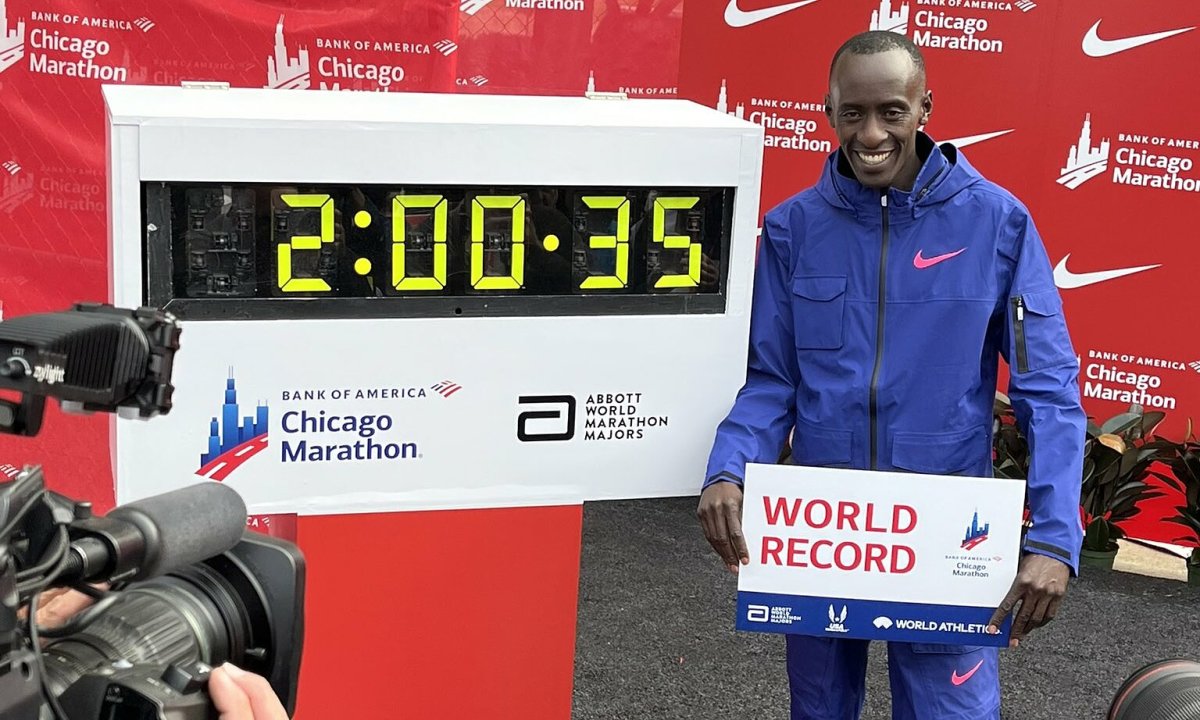

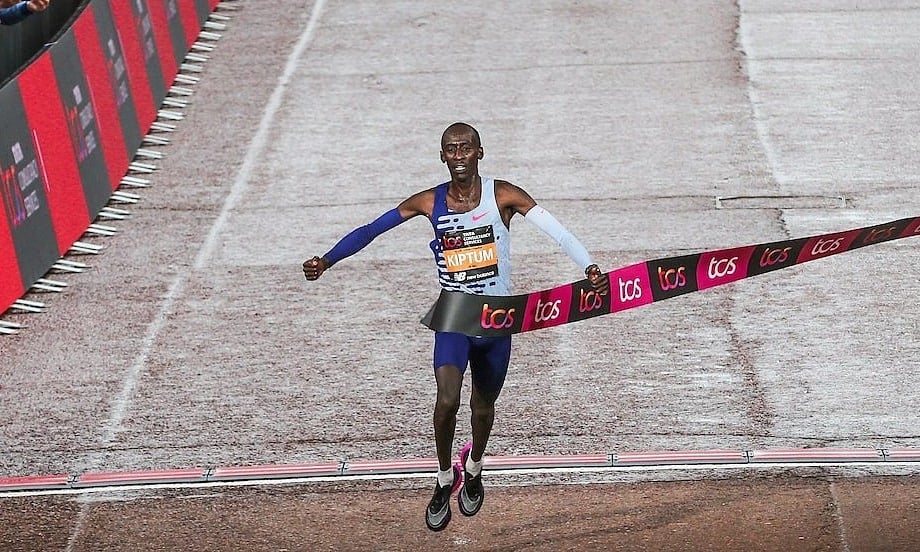




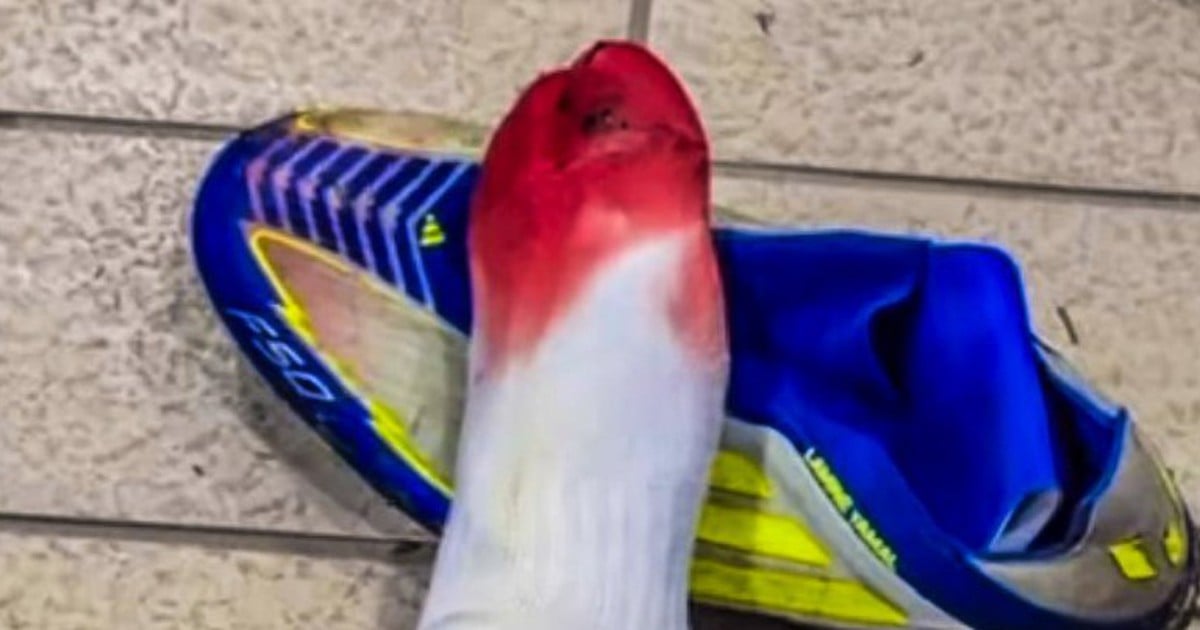


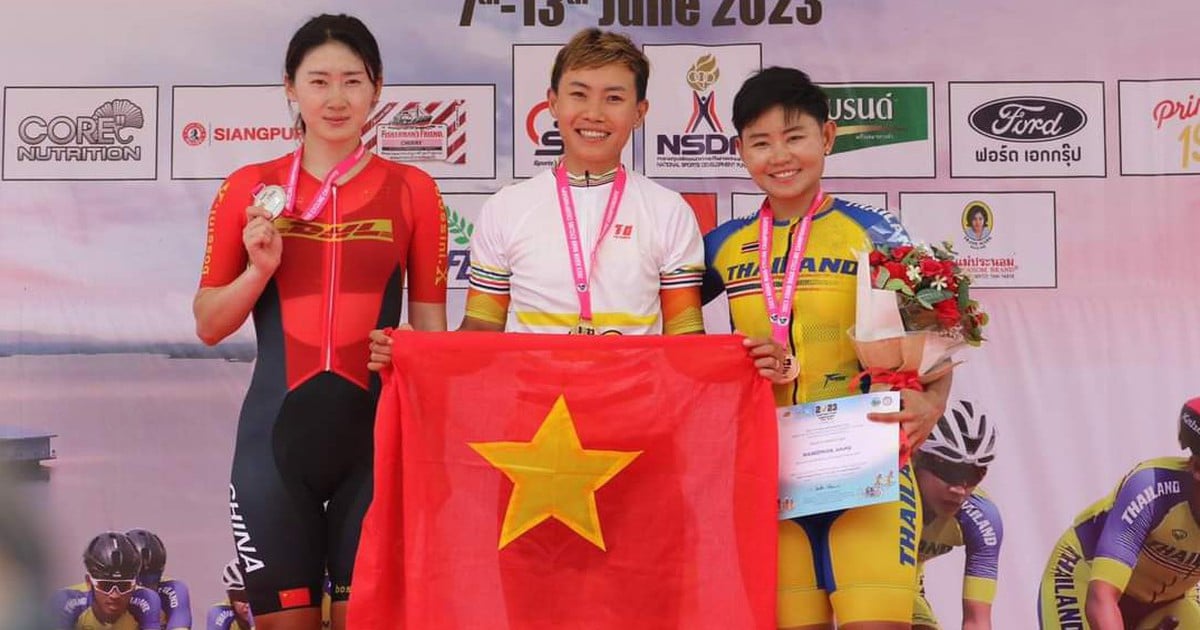














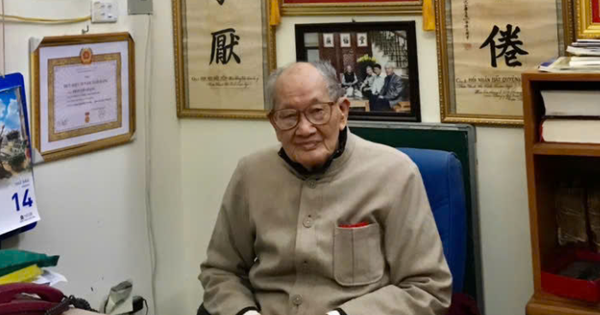


Comment (0)